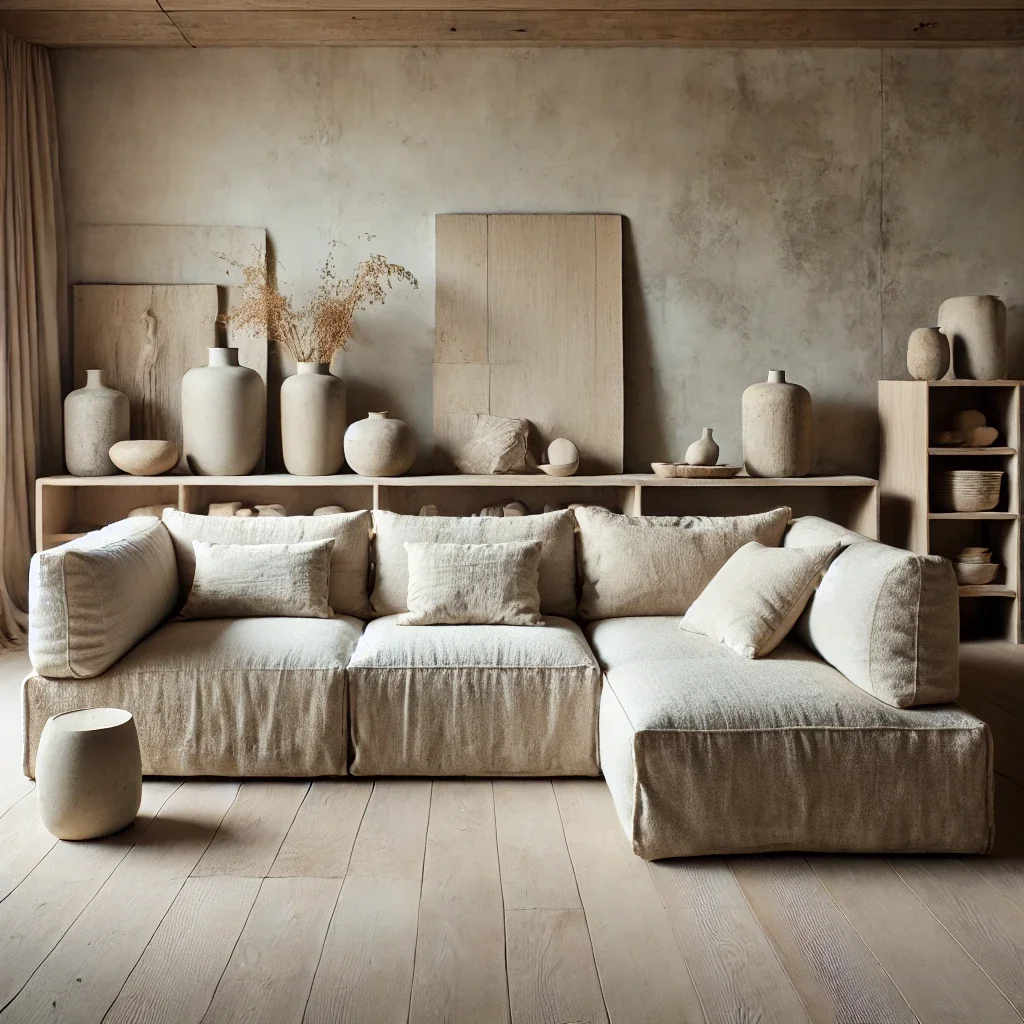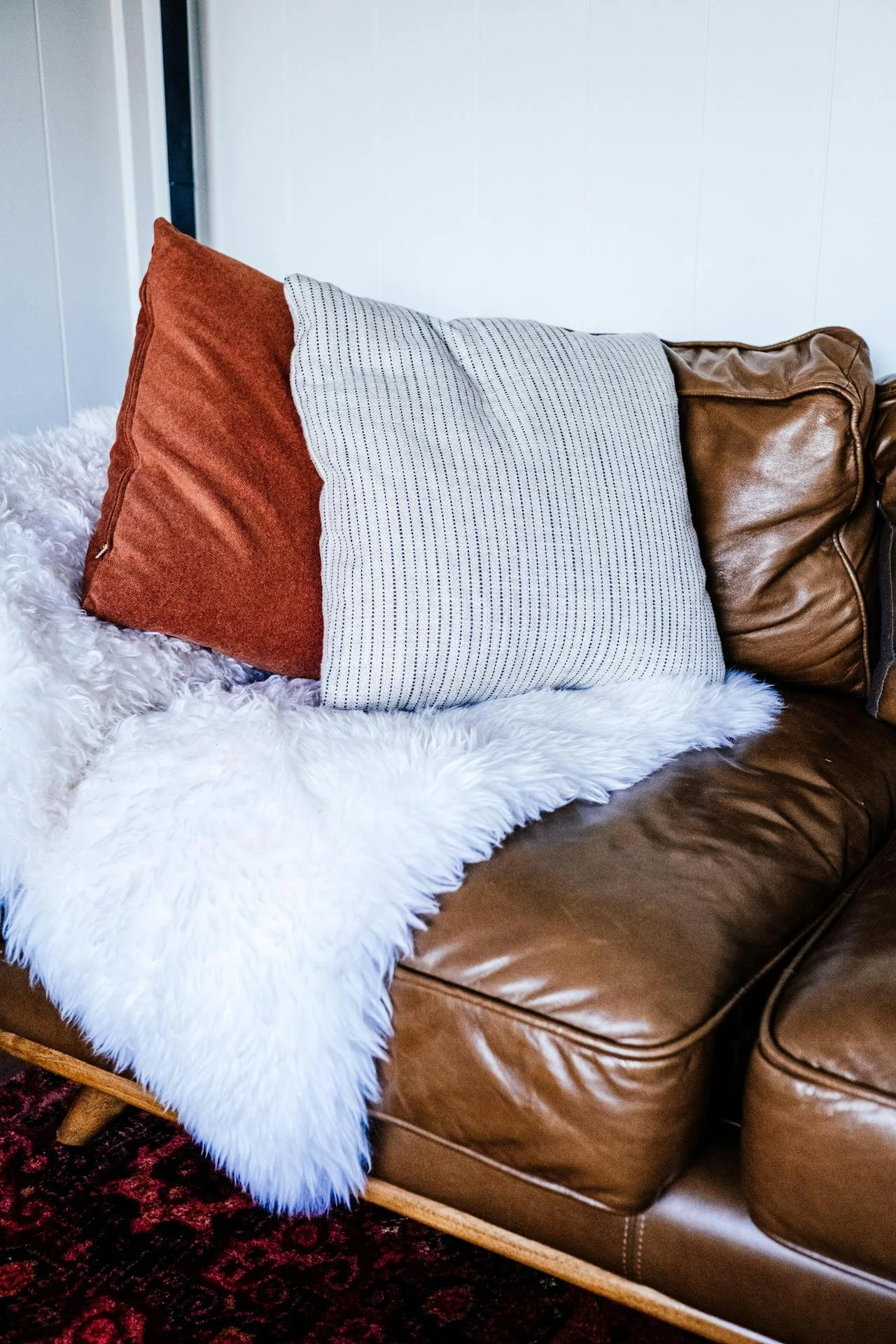Modular Sectional Sofa: When Shape Meets Freedom
To consistently provide you with high-quality content, when you buy through our links, we may earn a small commission at no additional cost to you, Learn more
Modular Sectional Sofa: Everything you need to know
In today's dynamic world of interior design, flexibility and functionality are key when selecting furniture. One of the most versatile pieces in modern homes is the modular seating concept—a stylish, adaptable, and practical solution for small and large spaces. Whether furnishing a cozy apartment or a spacious living area, a modular lounge seating offers a customized seating experience that suits any lifestyle.
A Modular Sectional Sofa furniture is a seating system composed of multiple sections, or modules, that can be arranged in various configurations to suit different needs and spaces. Unlike traditional sofas with a fixed shape and size, modular seating design can rearrange components—such as individual seats, chaise lounges, ottomans, and corner units—to create the perfect layout.
What Does it Look Like?
Adjustable sofas come in many designs, from sleek, modern silhouettes to plush, oversized seating options. Depending on how the modules are arranged, they can be symmetrical, asymmetrical, L-shaped, U-shaped, or even circular. Many modular seating system feature deep, comfortable cushions and low-profile backs, making them inviting and stylish.
What Does it Made Of?
This piece of furniture are crafted from various high-quality materials to ensure comfort and durability. Common materials include:
Frames: Typically made of solid hardwood or engineered wood for stability.
Cushioning: High-density foam, memory foam, or down-filled cushions for support and softness.
Upholstery: Options range from soft fabric and linen to luxurious velvet and durable leather, with some featuring removable, washable covers for easy maintenance.
The Advantages of The Furniture
Adaptability – Can be rearranged to fit different room layouts and needs.
Space-saving – Ideal for small and large spaces, allowing for optimized use of available space.
Customization – Available in various shapes, sizes, and upholstery options to match any interior style.
Ease of transportation – The ability to move and reassemble modules makes relocating easier.
Multi-functionality – Some models include built-in storage or convertible sections for additional utility.
Where to Place a Modular seating concept
This sofa fits seamlessly into various indoor and outdoor settings:
Living rooms: Ideal for creating a cozy, inviting seating area.
Home theaters: Configurable for optimal viewing and relaxation.
Office lounges: Provides comfortable and stylish seating for collaborative spaces.
Outdoor patios: Weather-resistant modular seating system are excellent for outdoor entertaining and relaxation.
Fitting a Adjustable sofa
Fitting adjustable sofa into a space requires careful consideration of size, shape, and style:
Large spaces: Opt for expansive U-shaped or sectional modular seating solution that fill the room without overwhelming it. Rich, deep colors like navy, emerald green, or warm neutrals add a luxurious feel. Textured fabrics, such as velvet or leather, enhance the aesthetic.
Medium spaces: A well-balanced L-shaped modular seating solution works best, providing ample seating without taking over the room. Softer tones such as beige, light gray, or pastels create an airy atmosphere, while modular units with built-in storage maximize functionality.
Small spaces: Compact, two-to-three-piece modular seating solution or loveseat-style configurations work best. Slim armrests and elevated legs create a sense of openness, while neutral and light-colored fabrics prevent the space from feeling cramped. Opt for modular seating system with multifunctional features, such as hidden storage or convertible sleeper options.
How to Choose the Right furniture that is tailored to you
Selecting the perfect sofa involves considering several factors:
Room size and layout: Measure your space to ensure the couch fits comfortably.
Preferred style: Choose a design that complements your existing decor.
Material durability: Opt for sturdy, easy-to-clean fabrics, especially for households with pets or children.
Comfort level: Test the cushions and back support to ensure long-term comfort.
Flexibility: Consider modular options offering additional features like storage or reclining seats
Regular Sofa vs. modular seating furniture: Which One Is Right for You?
5 Essential Tips for Buying a Adjustable Sofa
5 Essential Tips for Buying a modular seating arrangement
Plan your layout – Before purchasing, visualize or sketch how the sofa will fit in your space.
Check quality – Look for a sturdy frame and durable upholstery for longevity.
Consider future needs – Choose a design that can be expanded with additional modules.
Test for comfort – Sit on different sections to ensure consistency in cushioning and support.
Read reviews – Research customer feedback on the brand and model to ensure satisfaction.








